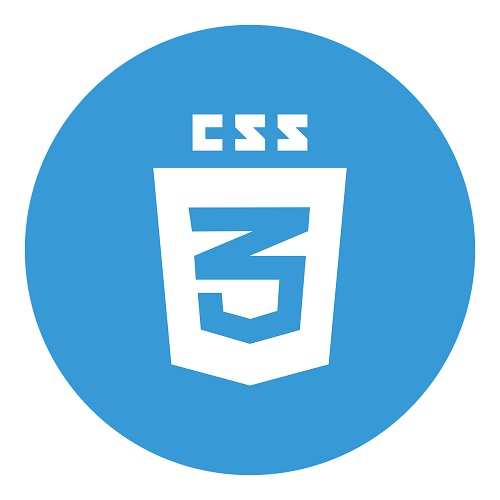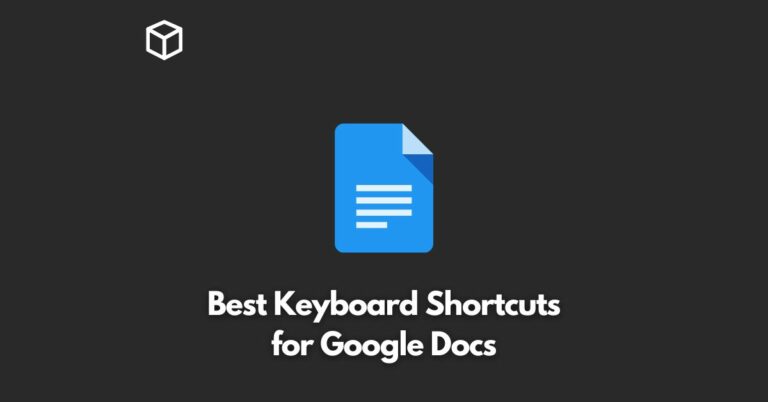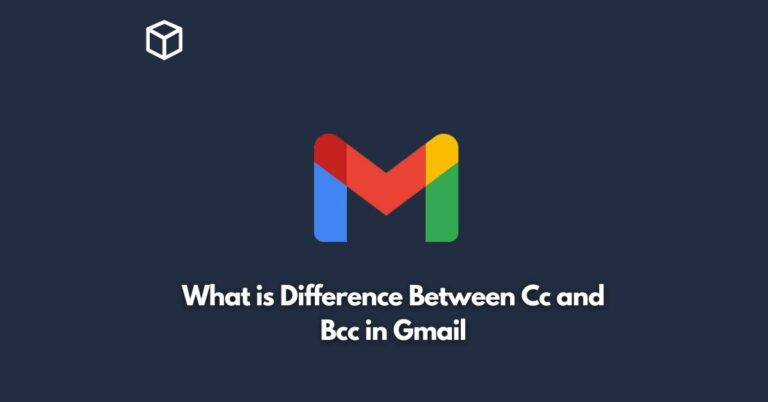Are you looking for information on CSS and wants to find answers to your queries, then you have come to the right resource.
In this article, we will cover every aspects of CSS so that you can get familiar with CSS and take your journey to learn more about CSS further.
Let’s dive in!
What is CSS?
CSS is a type of markup language used to describe the look and formatting of a website

As the name suggests, CSS is all about style. However, it can also provide structure to your website by defining its layout properties.
What does CSS stand for?
CSS stands for Cascading Style Sheets.
What is a CSS Class?
A CSS class is a way to apply specific styles to your HTML.
In the most common case, you use a class to apply some customized looks to certain HTML elements.
How to Link CSS to HTML?
To link CSS to HTML, you need to add a type=”text/css” attribute in the <head> tag and start writing your styles.
<head> <link type="text/css" rel="stylesheet" href="style.css"> </head>How to add background image in CSS?
The background-image property in CSS is used to add a background image to an element. The procedure uses the url() function for this purpose, followed by the path of the image file.
background-image: url('i/background.png');How to Comment in CSS?
The following is a comment block.
/* This section will be ignored by css */
How to center text in CSS?
To center text in CSS, use the text-align property.
text-align: center;How to change Font in CSS?
You can change the font in CSS by adding the following code to your style sheet.
body {
font-family: "Comic Sans MS";
}What is Inline CSS?
Inline CSS is a CSS property that can be written directly in your HTML document to implement styling for an element. For example, the following HTML would have applied inline CSS to the <p> tag:
<html>
<head>
<style>
p {color:#FF0000;}
</style></head>
</html>
You would then need to use the following HTML tag to apply this style to the relevant element:
<p style=”color:#FF0000;”>This is red text.</p>What is a CSS Grid?
A CSS grid is a structure that displays a series of interconnected columns and rows, in which the columns can be either horizontal or vertical.
The columns and rows are in a rhombus shape, with the column direction being fixed.
What are CSS Selectors?
CSS selectors are used to match elements of the document that match given criteria.
A selector is composed of one or more simple selectors separated by combinators. A combinator is a special character which signifies how the two (or more) selectors should be combined.
For example, “parent > child” means that the element matched by “parent” will be nested inside the element matched by “child”, even if they are not in close proximity to each other.
What is CSS Padding?
CSS Padding is a CSS property that provides spacing within elements. It can be applied on all sides of an element including top, right, bottom and left.
In addition, it is also possible to define the padding for a particular side or for all of them at once.
You can set the padding by specifying a length or a percentage.
Padding adds space between the content and its border.
It can be used to create a better lean of effect for headings and paragraphs in CSS layouts.
The padding will affect how text aligns with text inside or outside of it depending on whether it’s inline or block-level elements respectively.
What is CSS Flexbox?
CSS Flexbox is a CSS box model that provides for the display of items without the need for creating additional HTML elements or resorting to floats.
Flexbox allows you to customize how you want your web page to be displayed, like having equal height columns on your blog post.
The best thing about flexbox is not only does it make coding much easier, but it provides your content with a modern look and feel; something that’s especially important when dealing with responsive design. The following will show how easy it can be to use CSS flexboxes Editor.
What is Tailwind CSS
Tailwind CSS is a utility-first CSS framework. The framework was created with the intention of minimizing the amount of time it takes to build out both large and small projects by streamlining the process.
What is CSS Overflow?
The CSS overflow property is used in web page designs in order to define what happens when content in a block-level element exceeds the element’s content area.
If this “overflow” is not explicitly defined, the browser’s default setting of “visible” will be used.
As a result, anything that goes beyond the border of an element with a set width and height will be displayed on the page outside of it.
If you want to hide such content without affecting the layout of other elements on the screen, you will have to use the CSS overflow property.
The most commonly used values are scroll, hidden, and auto.
What is CSS Margin?
CSS margin is the space between the parent and child in a CSS box model.
Margin is the spacing that separates boxes. It’s as simple as that!
It defines the space around an HTML element, and it does so with a few different properties: margin-top , margin-right etc.
What is Valid CSS?
Valid CSS is the CSS that is not invalid. Invalid CSS is the CSS that doesn’t conform to the syntax rules for identifying style declarations.
Valid CSS can also refer to all of the CSS that relates to a document. It can be said that “Invalid CSS is bad.”
What is a CSS Validator?
CSS validator is a program that checks your CSS code to see if it’s valid. The W3C provides the world’s most popular validation service which you can use for free.
You just have to enter the URL of your HTML document into their form and choose “Validate by URI”.
The validator will crawl through your HTML document and report any errors in the CSS styles used to format it.
What is Bootstrap CSS?
Bootstrap CSS is a front-end framework for developing webpages. It offers to add customization and design to a webpage without having any knowledge of code.
This makes the framework very useful for novice users who want to create their own websites, or for developers who need a quick solution that doesn’t involve the use of code.
Examples of CSS
- A CSS class is a selector that can be used to apply styles to multiple elements on a webpage. Example: .my-class { color: blue; }
- To comment in CSS, use the /* and / symbols. Example: / This is a CSS comment */
- To center text in CSS, use the text-align property set to center. Example: h1 { text-align: center; }
- To change the font in CSS, use the font-family property. Example: body { font-family: Arial, sans-serif; }
- Inline CSS is CSS that is applied directly to an HTML element, using the style attribute.
- CSS Grid is a layout system that allows for two-dimensional grid-based layout, using the grid property. Example: .container { display: grid; grid-template-columns: repeat(3, 1fr); }
- CSS Selectors are patterns used to select elements on a webpage, in order to apply styles to them. Examples: .my-class, #my-id, p
- CSS Padding is the space between an element’s content and its border. Example: div { padding: 10px; }
- CSS Flexbox is a layout system that allows for flexible and responsive layout using the flex property. Example: .container { display: flex; }
- Tailwind CSS is a utility-first CSS framework that provides pre-defined CSS classes to quickly build custom designs.
- CSS Overflow property is used to control what happens when an element’s content overflows its boundaries. Examples: overflow: scroll, overflow: hidden
- CSS Margin is the space between an element’s border and the surrounding elements. Example: div { margin: 10px; }




